Whoop Strap 4.0 Review: Your Guide to Fitness and Sleep Tracking
The world of wearable fitness tech is a competitive one, filled with many impressive gadgets to track your sleep, exercise, and increasingly, your HRV and heart rate. My first entry into this market was the Oura ring, which I still wear. However, the Whoop podcast made it into my podcast feed and after hearing guest after impressive guest who used the device, I decided I needed to take the plunge and, at least, try it out. My following Whoop band review is based on the Whoop Strap 4.0 which I bought in March of 2023.
I will not bury the headline here. I definitely like it and it going to be a battle to the end of whether I will use it to fully replace my Oura ring. Here is a quick summary of what I like and dislike the most.
Like
- Accuracy in understanding when you are actually asleep vs. just lying down or resting on the couch
- How it tracks your workout and tells you how much time you are spending in heart rate zones (1 – 5). I have been concentrating on Zone 2 training and it gave me a tool to more accurately track it.
- Customer service: They ran a promotion right after I bought it and let me in on the deal anyways and replaced my device when it had a few issues in tracking (It still worked but they wanted to be proactive).
Dislike
- It is a little slower to process my sleep data from the night before than what I was used to.
- It doesn’t readily understand if you go back to sleep after an early morning wake-up.
- A few more touches than I am used to be able to read when during the night your were in light, deep, and REM sleep stages.
For anyone interested in optimizing their health, fitness, and recovery, the Whoop Strap is an invaluable companion.
What is the Whoop Strap 4.0?
The Whoop Strap is a fitness and sleep tracker. Unlike most wearables, it does not have a screen. Instead, all the information is presented via a dedicated smartphone app. This means the strap itself is lightweight and discrete, allowing for continuous 24/7 wear.
The Whoop Strap 4.0, the latest version as of my last update, measures three primary biometrics: strain, recovery, and sleep. But how does it quantify these aspects of our health and why are they important?
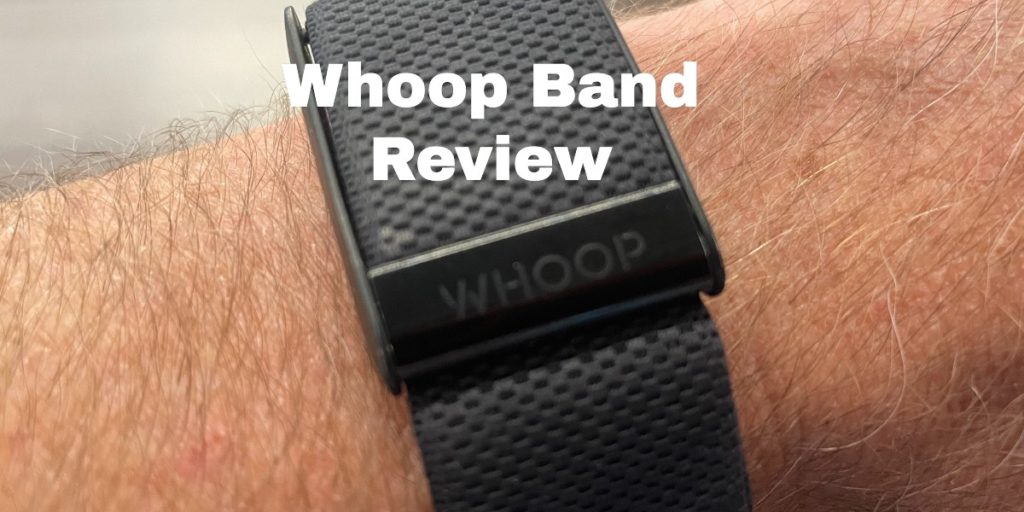
The Three Pillars: Strain, Recovery, and Sleep
Strain
Strain is a measure of the cardiovascular load your body takes on over the course of a day. This includes not only your workouts but also the stress of everyday life. To calculate strain, the Whoop Strap uses heart rate variability (HRV), resting heart rate (RHR), and sleep data.
| Metric | Description |
|---|---|
| Heart Rate Variability (HRV) | The variation in time between each heartbeat. A higher HRV often indicates better fitness and health. |
| Resting Heart Rate (RHR) | The number of times your heart beats per minute when you’re at rest. A lower RHR often correlates with a better fitness level. |
Recovery
Recovery is a measure of how ready your body is to take on strain. It uses the same metrics as strain (HRV, RHR, and sleep performance) but is interpreted differently. A higher recovery score means your body is more capable of handling a workout or stress.
Sleep
Whoop measures not only how long you sleep but also how well you’re sleeping. It assesses the different stages of sleep (wake, light, REM, and deep). Whoop provides a sleep performance score based on how much sleep you got compared to how much you needed.
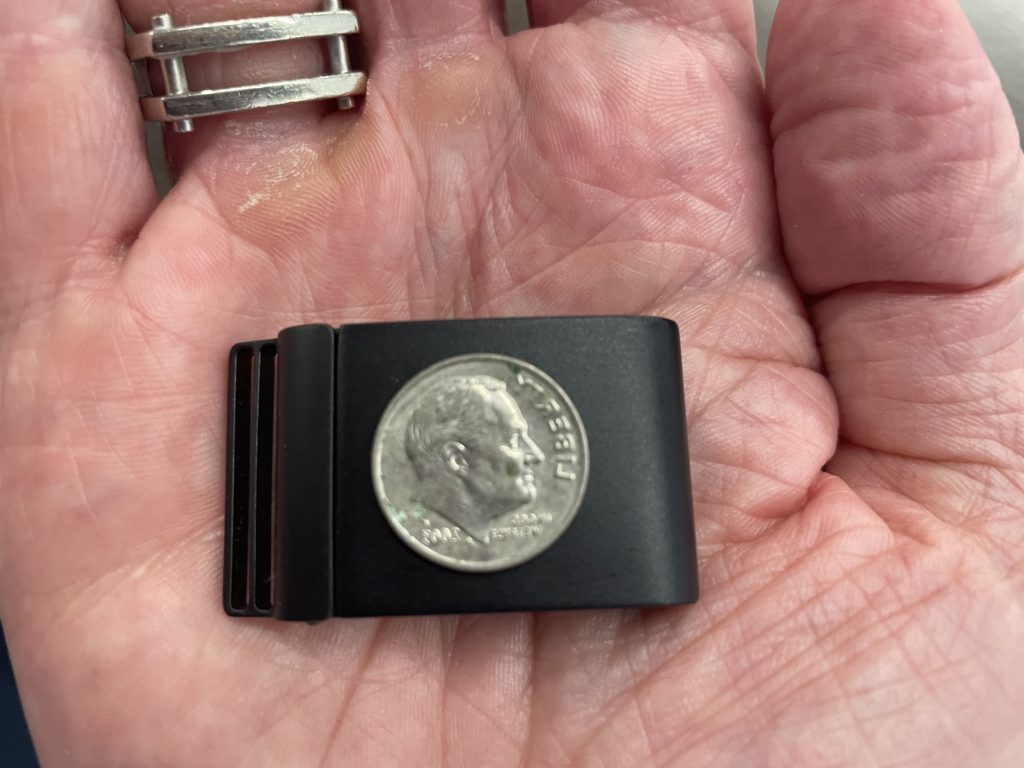
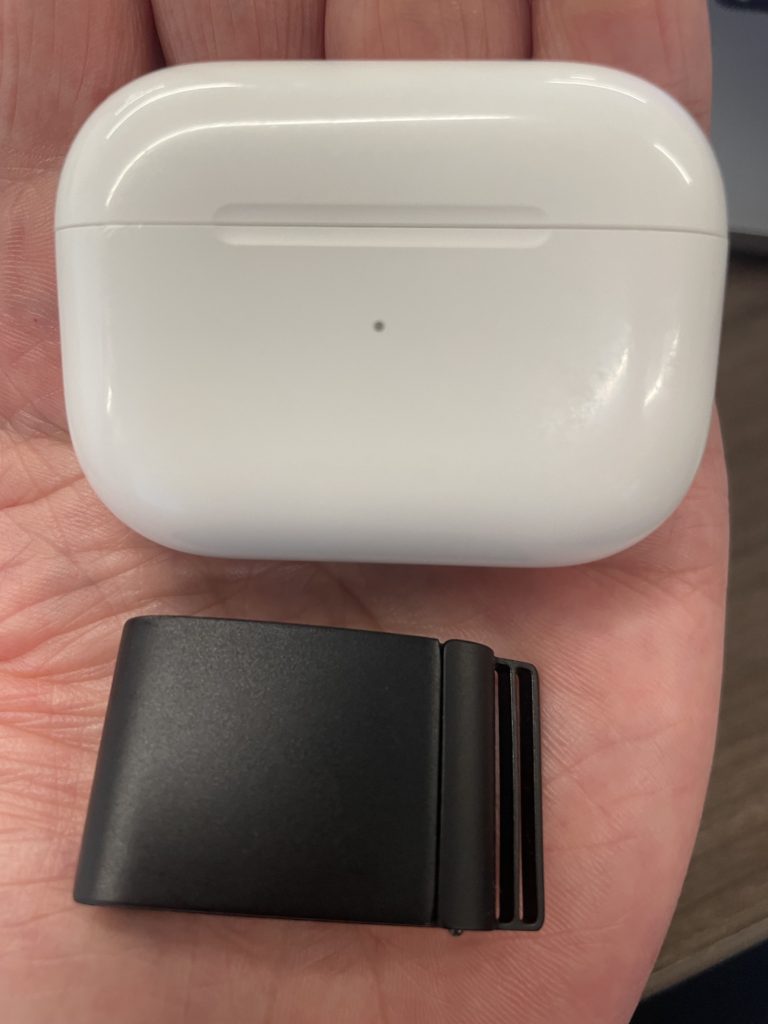
Why Choose Whoop Strap 4.0?
What sets the Whoop Strap apart from other fitness trackers is its focus on recovery. While most fitness tech encourages you to push harder, Whoop encourages you to rest and recover adequately. This balance is essential for long-term health and sustainable fitness growth.
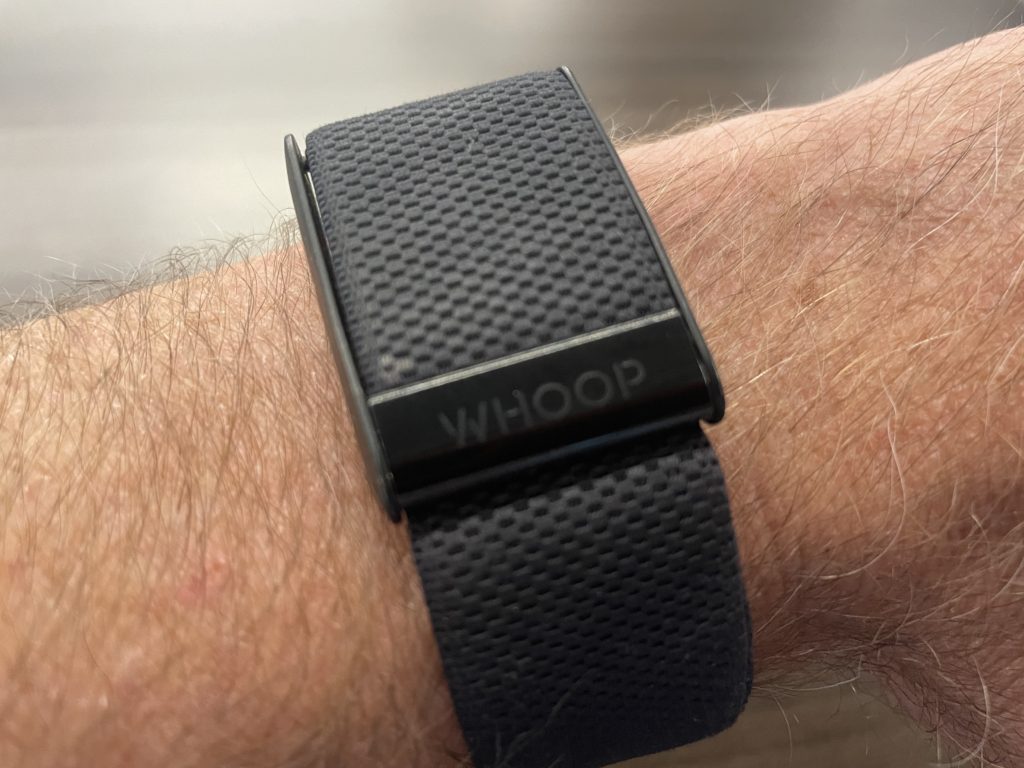
One feature unique to the Whoop Strap is the strain coach, which offers real-time feedback on your exertion levels during a workout. This helps users manage their energy expenditure, pushing harder when they’re capable, and easing up when they’re approaching their limit.
Sleep is another critical aspect of recovery, and Whoop has dedicated a lot of resources to providing comprehensive sleep tracking. The Whoop Strap 4.0 even includes sleep coach functionality, giving users actionable insights on how to improve their sleep.
Furthermore, the Whoop Strap uses a subscription-based model. Users are paying for the service, not the device itself. This means you’ll continually get updates and improvements without needing to purchase a new device.
I enjoy Sherwin’s review of health related products and this is a good video to review whether the Whoop 4.0 is the right device for you.
Whoop Strap 4.0 Review Video
How I Use The Whoop Band
Of course, I use the Whoop Band for sleep, strain, and recovery tracking but I have also found it helpful for specific tracking such as Zone 2 and blood oxygenation.
Zone 2 Training Tracking
Just as I bought the Whoop Band I decided to start tracking my Zone 2 training in the hope of increasing my V02 max scores. That is a much longer story but I loved how it not only tracked your time in V02 during a work out but you could see when you were in Zone 2 in real time why you were working out. This has allowed me to find workouts that keep me in the right zone and increase or decrease my effort to stay in Zone 2. The following are screenshots of how much time was spent in Zone 2 during different workouts (Casual Walk, Pick Up Basketball, and Doug McGuff weights workout).
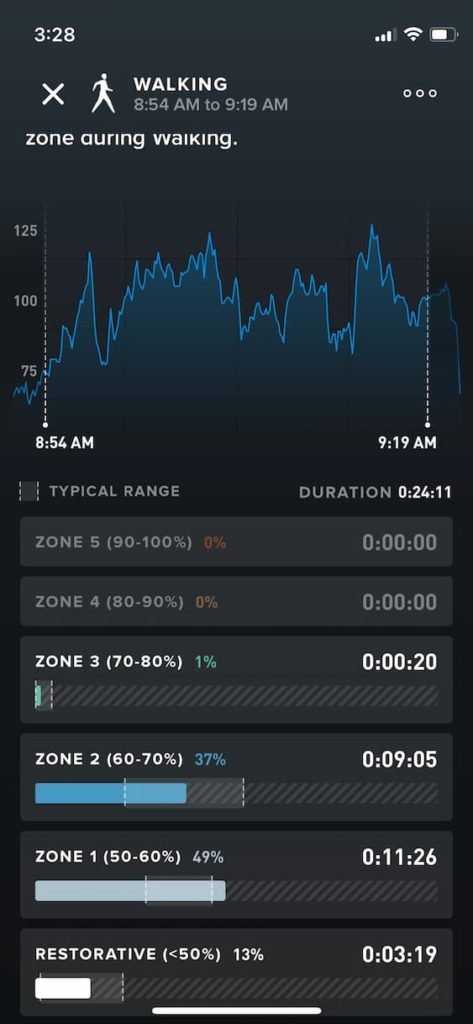
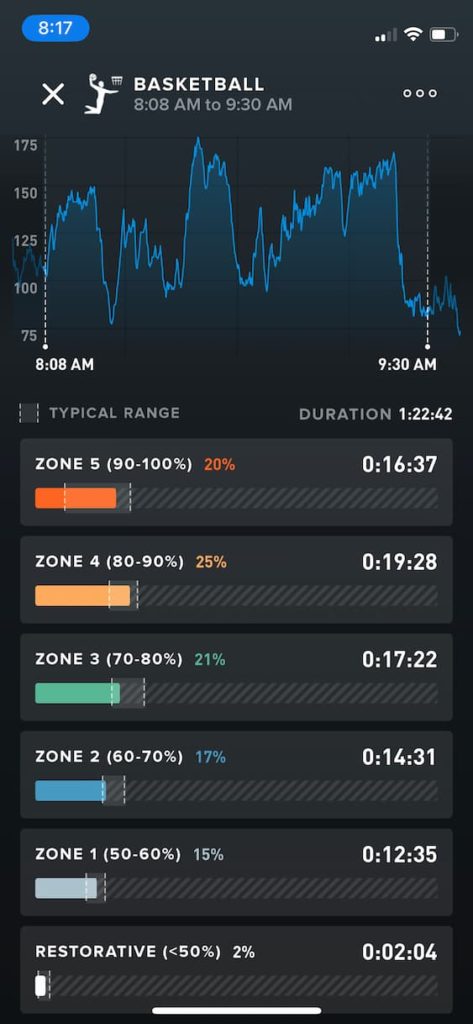
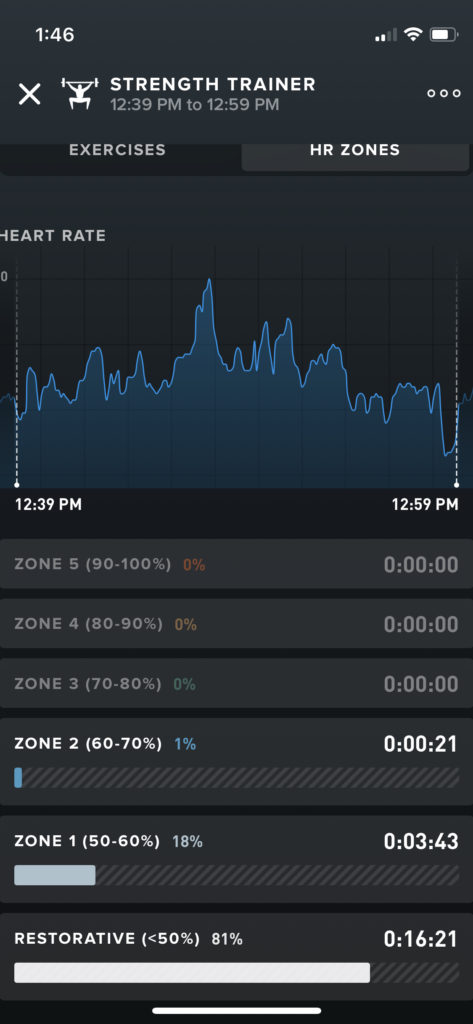
Whoop Strap As a Pulse Oximeter
I didn’t buy the Whoop to track my blood oxygen level, but it has been a nice added bonus. The Whoop Strap contains LED lights that shine into the skin and measure the absorbance of oxygenated and deoxygenated hemoglobin in the blood. This allows it to estimate the oxygen saturation levels in the blood, a metric known as SpO2.
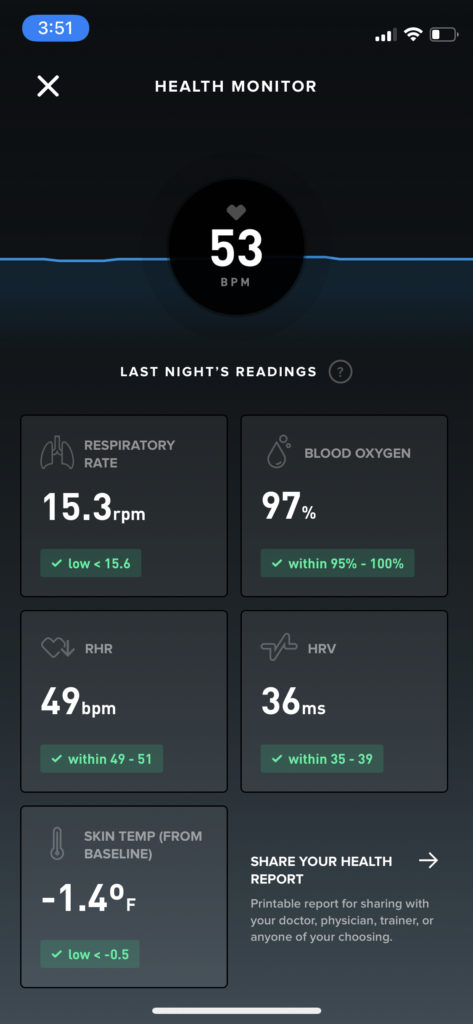
The strap tracks this constantly, including tracking overnight oxygenation, allowing it to detect even small dips in oxygen levels that might reflect health issues. Although not as accurate as a dedicated medical pulse oximeter, the Whoop Strap provides continuous estimations of oxygen saturation as one of its many health metrics. This can help identify breathing issues like sleep apnea or drops in oxygen at high altitudes. For athletes and regular users alike, having constant pulse oximetry readings from the Whoop Strap can provide valuable health insights.
Conclusion
Understanding your body’s needs is crucial to achieving your health and fitness goals. With its comprehensive metrics and personalized recommendations, the Whoop Strap 4.0 is more than just a fitness tracker – it’s a personal fitness and recovery coach that you can wear on your wrist. By focusing on strain, recovery, and sleep, Whoop provides a balanced approach to health and wellness that is often lacking in the fitness tech industry. If you’re serious about your fitness journey, the Whoop Strap 4.0 is worth considering.
What are the key features of the Whoop Band?
The Whoop Band tracks heart rate, sleep quality, respiratory rate, strain from workouts, and provides a daily recovery score. It can be worn 24/7 and is waterproof. Data and insights are provided through the Whoop mobile app.
Can the Whoop Band replace a medical pulse oximeter?
No, the Whoop Band is not as accurate as a dedicated medical pulse oximeter. It provides estimations of oxygen saturation levels which can be useful, but should not replace medical devices.
Can I wear the Whoop Band while swimming?
Yes, the Whoop Band is waterproof up to 5ATM so it can be worn swimming and tracks your heart rate and other metrics during swimming workouts.
How long does the battery last on the Whoop Band?
The battery lasts about 5 days before it needs to be recharged. Charging time is about 1-2 hours.
Troy Wallace
Troy Wallace is Certified Basketball Speed Specialist and shares his experiences in trying to stay as healthy as possible to stay on the court. He is active in coaching youth basketball in YMCA, Team Work Sports Nebraska, and, currently, in the Jr. Warriors program in Omaha, NE. Visit Troy's Full Author Bio Page or email him directly.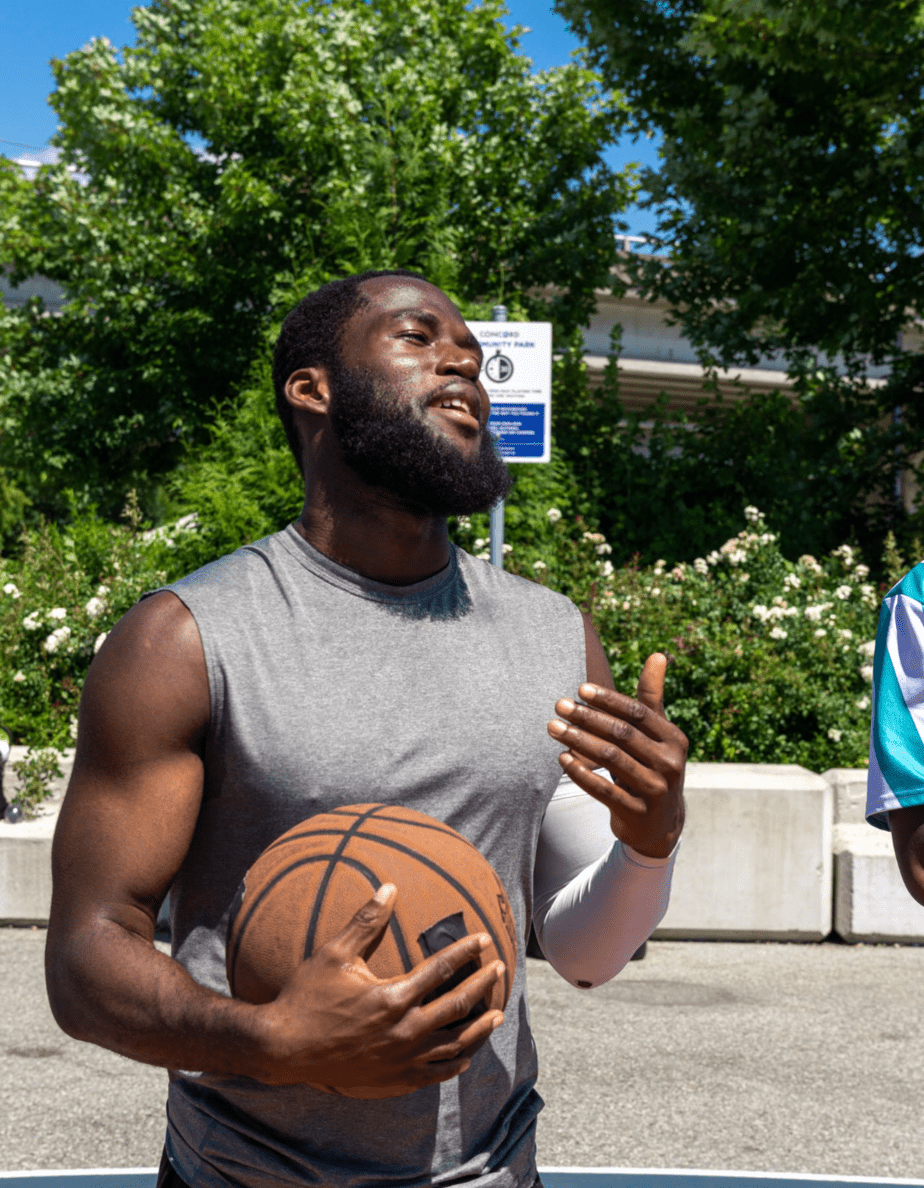
Meaningful conversations happening daily about training, recovery, and injury-specific rehabilitation as well as sport-specific discussions on playing, coaching and refereeing your favorite sport. We welcome experts and those with curious minds seeking answers.
Join The Stay On The Court Community!